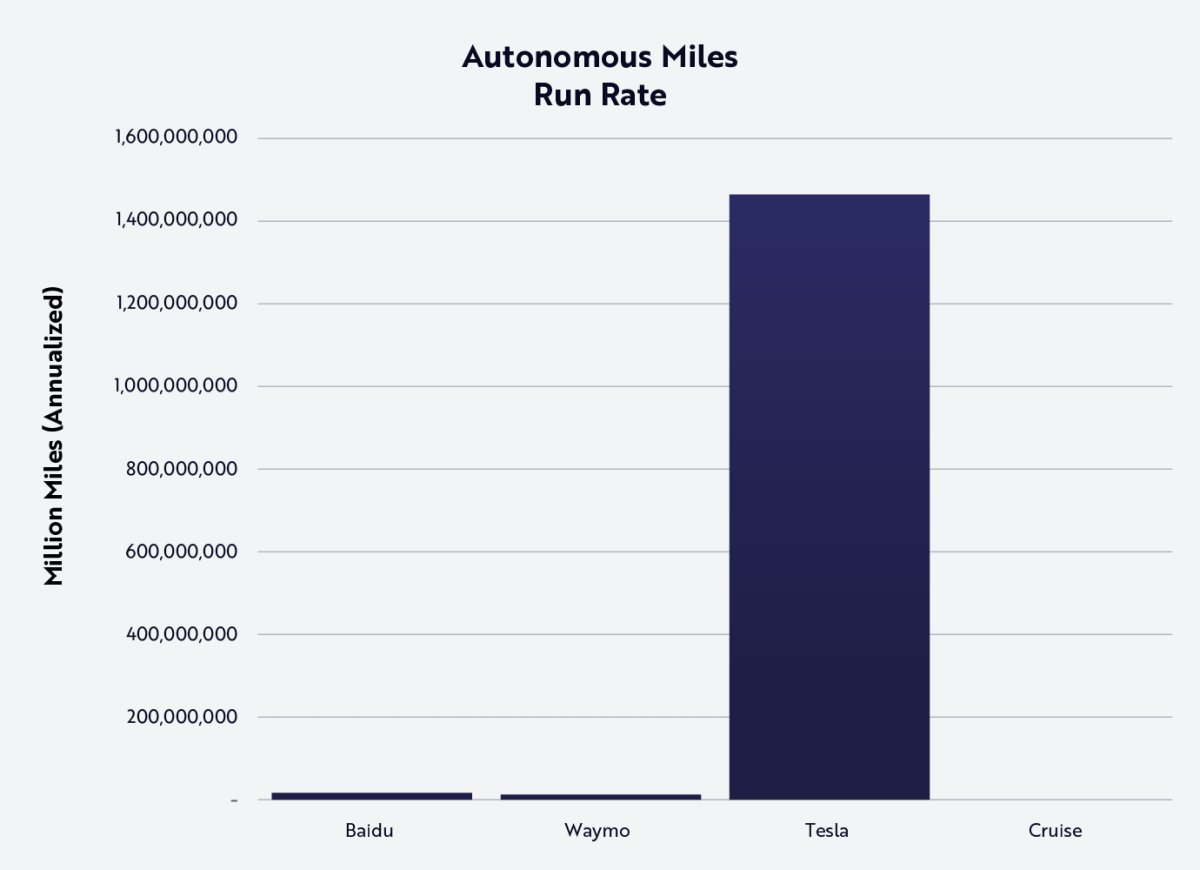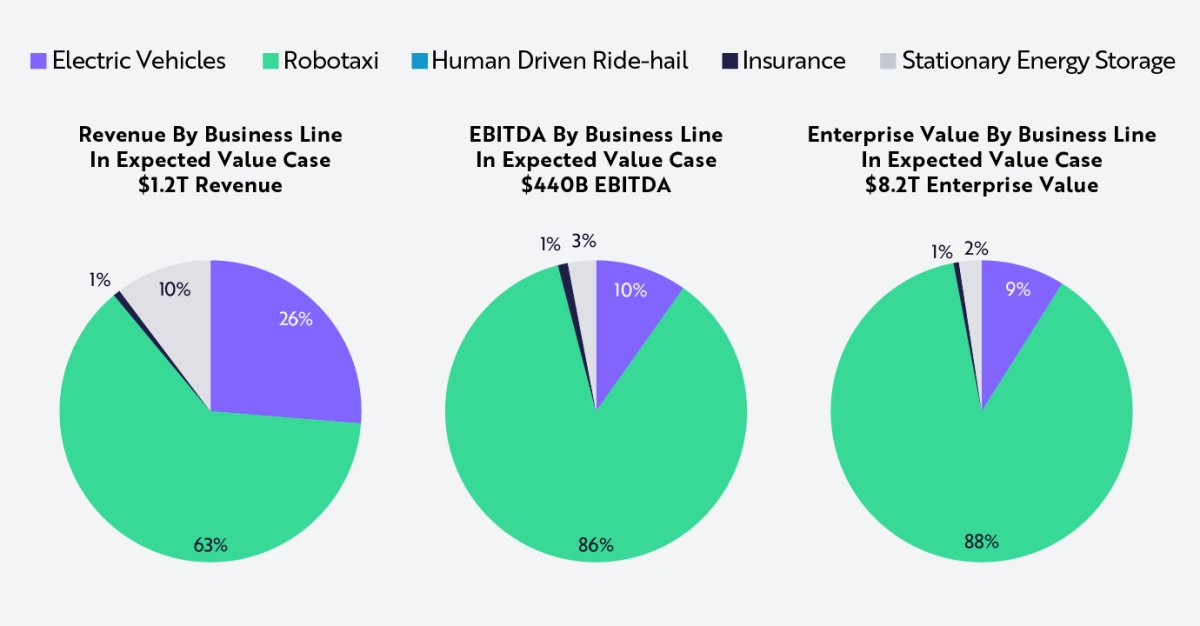Tesla Set to Revolutionize Transportation with $1 Trillion Robotaxi Fleet

June 13, 2024
Image you've summoned a Tesla with the tap of a button, and in it rolls, without a driver behind the wheel. In the near future, this could be the norm. Tesla is gearing up to launch its own robotaxi service within the next five years—a move projected to utterly transform the company’s profit landscape, positioning it to achieve almost a trillion dollars in revenue by 2029.
The Robotaxi Revolution
Tesla’s robotaxi service is not just an ambitious vision; it’s a cornerstone in the company’s future strategy. The revered investment firm Ark Invest is leading the charge with bullish projections that point to autonomous ride-hailing becoming Tesla’s primary moneymaker, outpacing even vehicle sales. Ark Invest projects that Tesla's autonomous taxi fleet could generate almost $1 trillion by 2029, asserting that this revolutionary service could represent a staggering 90% of Tesla’s future profits.
Contrast that with Tesla’s vehicle sales, which Ark Invest estimates will amount to $0.4 trillion. The math is compelling: robotaxis are the future, and the future is overwhelmingly profitable. Ark’s highest projections even see Tesla's stock skyrocketing to $3,100 per share.
Timeline and Probabilities
But when can we expect to see these driverless taxis zipping around? Ark Invest places a 58% probability on a 2025 launch date and a 38% chance for 2026. Given the impressive leaps Tesla has made from FSD (Full Self-Driving) Version 11 to Version 12, hitting these targets might be more feasible than skeptics think. However, achieving true, reliable autonomy is a nuanced journey, with many technological milestones yet to be crossed.
The FSD Edge
Data is the lifeblood of vehicle autonomy, and Tesla is far ahead in this race. Their self-driving vehicles have logged an astonishing 1.3 billion miles, dwarfing their nearest competitors who have managed only 15 million miles in comparison. Ark Invest’s optimism hinges on the rapid improvements in Tesla’s FSD technology, with future updates like Version 12.4.1 and beyond set to solidify Tesla’s already substantial lead.

Essentially, the more miles Tesla’s vehicles drive, the more refined and robust their autonomous systems become. Each mile driven is fuel for their ever-hungry AI, making Tesla’s fleet smarter, faster, and more capable of navigating the intricacies of real-world driving conditions.
A Transition to Services
As Tesla focuses increasingly on AI-driven services, their business model looks set for a dramatic shift. Imagine a Tesla that isn’t just a car, but a service—constantly in motion, ferrying passengers and earning revenue. It’s a transformative vision that Ark Invest and other major analysts argue will be Tesla’s future. The move to services could also help Tesla weather economic fluctuations better, providing steady, recurring revenue streams that aren't subject to the traditional peaks and valleys of car sales.
The upshot is a double benefit: a cleaner, more efficient urban transport solution that also scales naturally with Tesla’s technological advancements. As more consumers become comfortable with the idea of autonomous vehicles, demand for human-driven alternatives from companies like Uber and Lyft could see a sharp decline.
The Competitive Landscape
However, the race to dominate the robotaxi market is not Tesla’s alone. Other tech giants and automotive companies are also eyeing the lucrative autonomous vehicle sector. Nonetheless, Tesla’s unparalleled data advantage and its vertically integrated business model give it a distinctive edge.

Training data is the keystone in this high-stakes game, and Tesla currently holds the crown with more vehicle-related data than any other company. Scaling this data advantage into an efficient, profitable service might require finesse and time, but the head start is undeniably significant.
The Road Ahead
While there's excitement and optimism, challenges remain. Full autonomy is still in the making, and legislative hurdles are yet to be fully navigated. But Tesla’s track record of defying odds lends weight to these bold predictions. Should Tesla achieve these ambitious targets, the company will not only shape the future of transportation but also redefine what is possible in the realm of artificial intelligence and automotive technologies.
As the world watches, anticipation builds. Tesla's robotaxi service promises to usher in a new era of transportation—convenient, efficient, and profoundly lucrative. As we edge closer to this future, Tesla is poised to turn science fiction into reality.